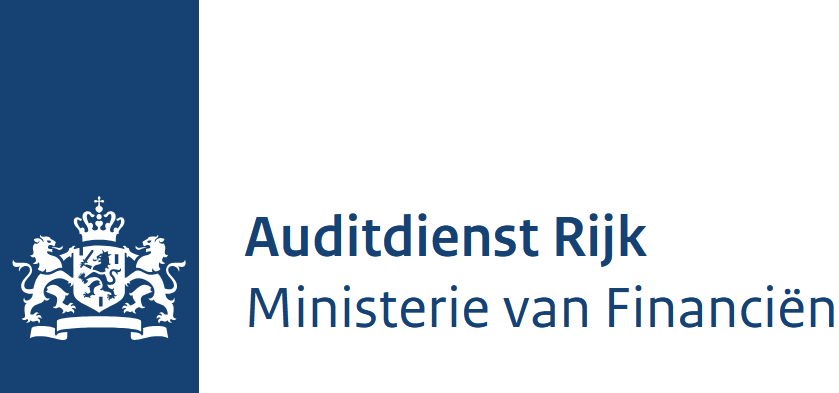

The Audit Service of the Government required a tool to streamline the project planning process for their employees. To meet this need, a web application was developed that enables project leaders to input detailed project planning data. The web app features a user-friendly interface for project leaders to submit comprehensive plans, including timelines, milestones, and resource allocation. This application leverages a secure backend database to store and manage the submitted planning data, ensuring data integrity and accessibility. Once a project leader submits a plan, a designated planner can review the submission through an integrated dashboard. This dashboard provides functionalities for the planner to evaluate the project's feasibility and resource requirements. Upon acceptance, the planner can utilize the external planning application to assign employees to according to schedule within the project's timeframe. The web application employs role-based access control (RBAC) to ensure that only authorized personnel can view and modify the schedules, maintaining a high level of security and accountability.
The Audit Service of the Government (NL: Audit Dienst Rijk (ADR)), situated within the Ministry of Finance in The Hague, conducts audits of financial expenditures and fiscal management across Dutch Government ministries. With approximately 600 employees, ADR operates on a project basis, utilizing advanced auditing techniques, risk assessment methodologies, and data analytics tools to ensure compliance with financial regulations and enhance transparency. Their audits, encompassing both operational and compliance aspects, focus on financial statement accuracy, budgetary control, and the effectiveness of financial governance. By adhering to international auditing standards and employing state-of-the-art audit software, ADR plays a crucial role in safeguarding public funds and optimizing governmental financial processes.
Our team, consisting of six students—three from Computer Science and three from Computer Science and Economics—divided the work into front-end and back-end development groups. The front-end team focused on building a responsive user interface, while the back-end team handled server-side logic and database management. We held weekly sprint meetings to discuss progress, troubleshoot challenges such as API integrations and performance optimization, and ensure seamless integration of our efforts. This collaborative approach enabled us to develop a cohesive and efficient application.